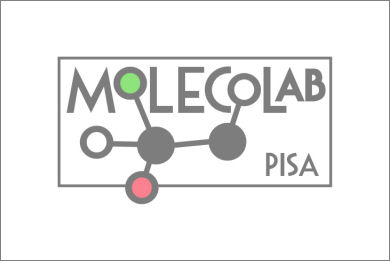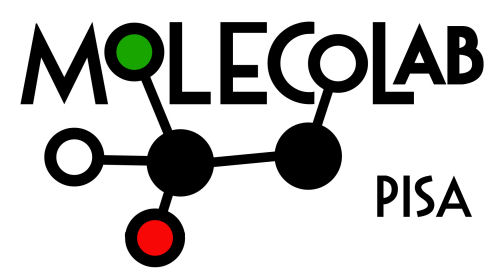
The light-harvesting complex 2 (LH2) of purple bacteria is one of the most studied photosynthetic antenna complexes. Its symmetric structure and ring-like bacteriochlorophyll arrangement make it an ideal system for theoreticians and spectroscopists. LH2 complexes from most bacterial species are thought to have eightfold or ninefold symmetry, but recently a sevenfold symmetric LH2 structure from the bacterium Mch. purpuratum was solved by Cryo-Electron microscopy. This LH2 also possesses unique near-infrared absorption and circular dichroism (CD) spectral properties. Here we use an atomistic strategy to elucidate the spectral properties of Mch. purpuratum LH2 and understand the differences with the most commonly studied LH2 from Rbl. acidophilus. Our strategy exploits a combination of molecular dynamics simulations, multiscale polarizable quantum mechanics/molecular mechanics calculations, and lineshape simulations. Our calculations reveal that the spectral properties of LH2 complexes are tuned by site energies and exciton couplings, which in turn depend on the structural fluctuations of the bacteriochlorophylls. Our strategy proves effective in reproducing the absorption and CD spectra of the two LH2 complexes, and in uncovering the origin of their differences. This work proves that it is possible to obtain insight into the spectral tuning strategies of purple bacteria by quantitatively simulating the spectral properties of their antenna complexes.
Cupellini, L.; Qian, P.; Nguyen-Phan, T. C.; Gardiner, A. T. & Cogdell, R. J.
Photosynth. Res., (2022) https://doi.org/10.1007/s11120-022-00925-8

